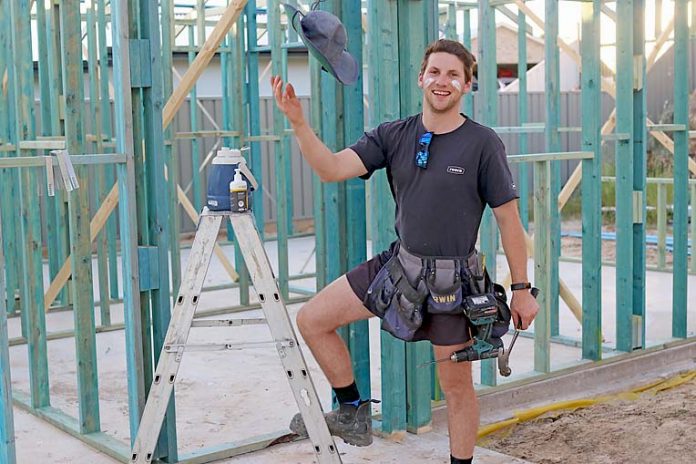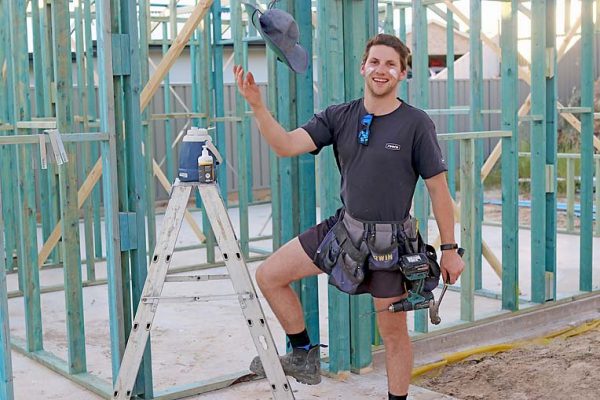

WORKING outdoors carries a health risk, with the South Australian Cancer Council calling on more workplaces to implement sun protection policies.
It follows a survey conducted by the not-for-profit organisation, which revealed only 62pc of workplaces in the state have a policy in place.
Cancer Council SA community education coordinator Diem Tran said the latest Cancer Council National Sun Protection Survey results showed a clear need for employers to do more.
“Employers have a duty of care to protect their staff from health risks, including UV radiation,” Mr Tran said.
“If every employer implemented a sun protection policy, according to previous research it could help prevent an estimated 200 melanomas and 34,000 other skin cancers that are diagnosed each year as the result of UV damage in the workplace.”
Limestone Coast plumber Jake McKeon said he takes sun protection seriously due to around 70pc of his work taking place outside.
“I always wear a wide-brim hat, sunglass and sunscreen because I need to look after myself,” Mr McKeon said.
“I would say there is a bit of a wider problem, I know a lot of people who do not wear a shirt or only wear a singlet because they want to get a tan and look good for summer.”
Australian Radiation Protection and Nuclear Safety Agency assessment and advice director Dr Rick Tinker said outdoor workers need to be conscious of exposure to UV radiation and the risk of permanent and irreversible damage.
“Each year in Australia 1.2 million Australian workers are exposed to UV radiation at levels five to 10 times higher than that of indoor workers,” Dr Tinker said.
“As a result, outdoor workers are at a greater risk of developing skin cancer.”
Mr McKeon said he was not surprised outdoor workers were at a greater risk.
“I know a few people who have moles on there back, I think even my dad has a few sun spots that he has to monitor as they could potentially develop into cancer,” he said.
“When he was younger he was probably out in the sun a bit without the protective gear, but his work is pretty switched onto that sort of stuff now.”
Cancer Council SA encouraged employers to seek guidance from the organisation’s latest sun protection for outdoor workers resource
The guide provides employers with the resources to ensure employees are not being exposed to harmful UV radiation whilst at work and help them meet their health and safety obligations.







